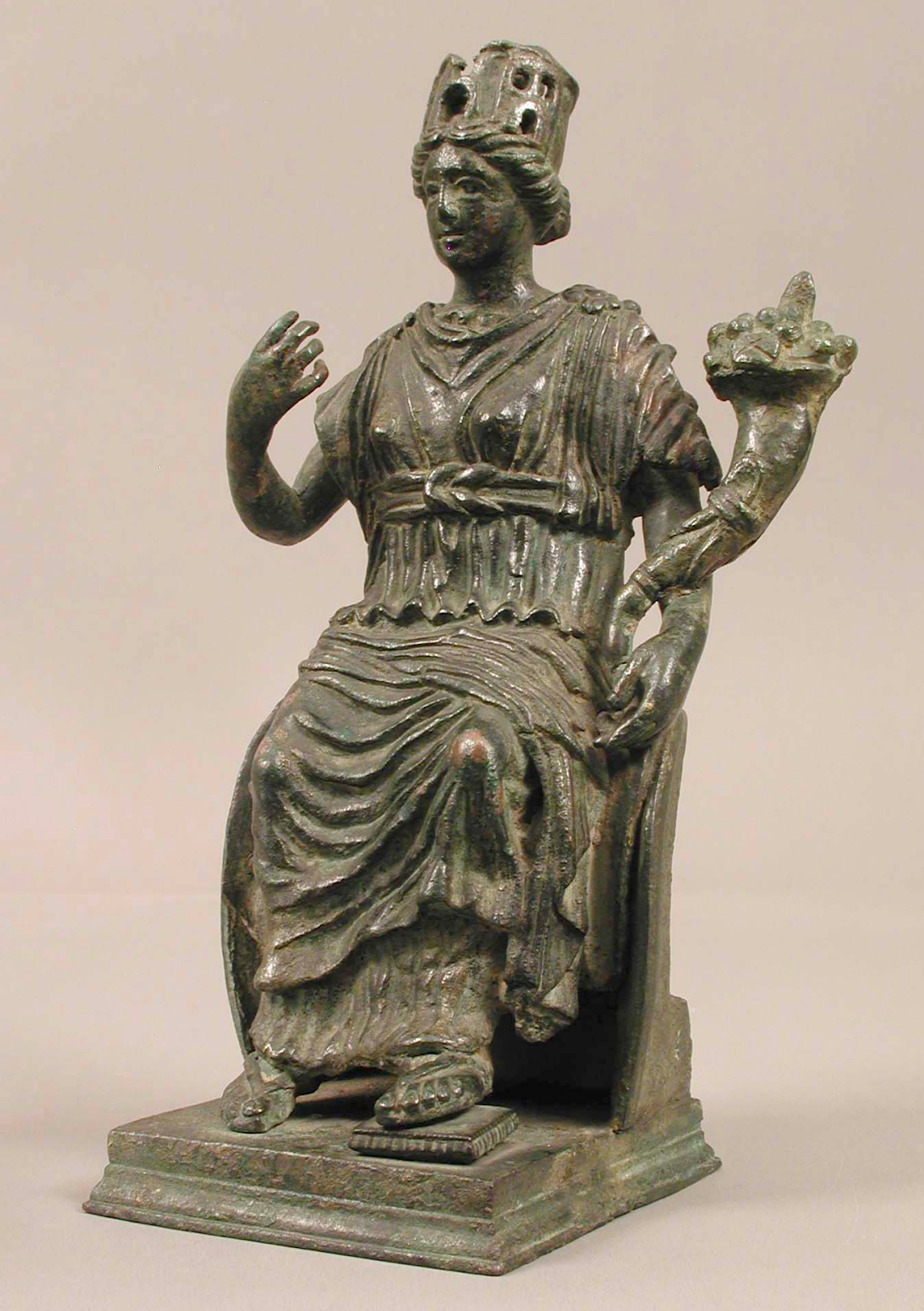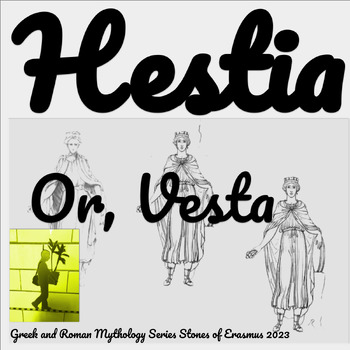We've all heard of Zeus, the King of the Gods, known for his godly escapades and tumultuous love affairs. However, little is spotlighted about Metis, Zeus’s first wife and the Greek personification of prudence. Often sidelined by mainstream mythological tales, the story of Zeus and Metis carries essential lessons on prudence, wisdom, and self-care—virtues that have seemingly fallen by the wayside in today's fast-paced world.
The Misunderstanding of Prudence
Unfortunately, prudence often suffers from a negative connotation, easily confused with being a prude or overly cautious. Yet, the virtue signifies the art of making thoughtful and balanced decisions that bring the least harm and greatest good. A case in point is Prudential, one of America’s leading insurance companies, built on the very tenets of safeguarding and caution.
The Transformative Tale of Zeus and Metis
In Greek mythology, Metis embodies the virtue of prudence. Pursued by Zeus, she transforms into various animals to escape his advances—a common trope in Greek mythology. Zeus, afraid that Metis would bear a child more powerful than him, swallows her whole. While this may seem like the end for Metis, she continues to live within Zeus, imparting wisdom and prudential advice.
Wisdom Versus Prudence
The child born from this unique union is Athena, the goddess of wisdom. However, it's suggested that Athena lacks the maternal warmth that defined Metis. Herein lies the nuanced difference between wisdom and prudence: wisdom often focuses on knowledge and rational decisions, while prudence adds an emotional layer, emphasizing care for oneself and others.
The Self-Care Connection
The Living Legacy of Metis
While Metis might have met an unfortunate end, her essence lived on, both in Zeus’s wisdom and Athena’s intellect. This eternal legacy serves as a lesson that prudence, wisdom, and self-care are deeply intertwined virtues, worth much more than their misunderstood reputations.
Through the tale of Zeus and Metis, we find a treasure trove of life lessons waiting to be applied in our own lives. Far from being forgotten, their story teaches us that prudence is not a constraint.
 |
| Find Mythology Content and More! On the Stones of Erasmus Store |

















